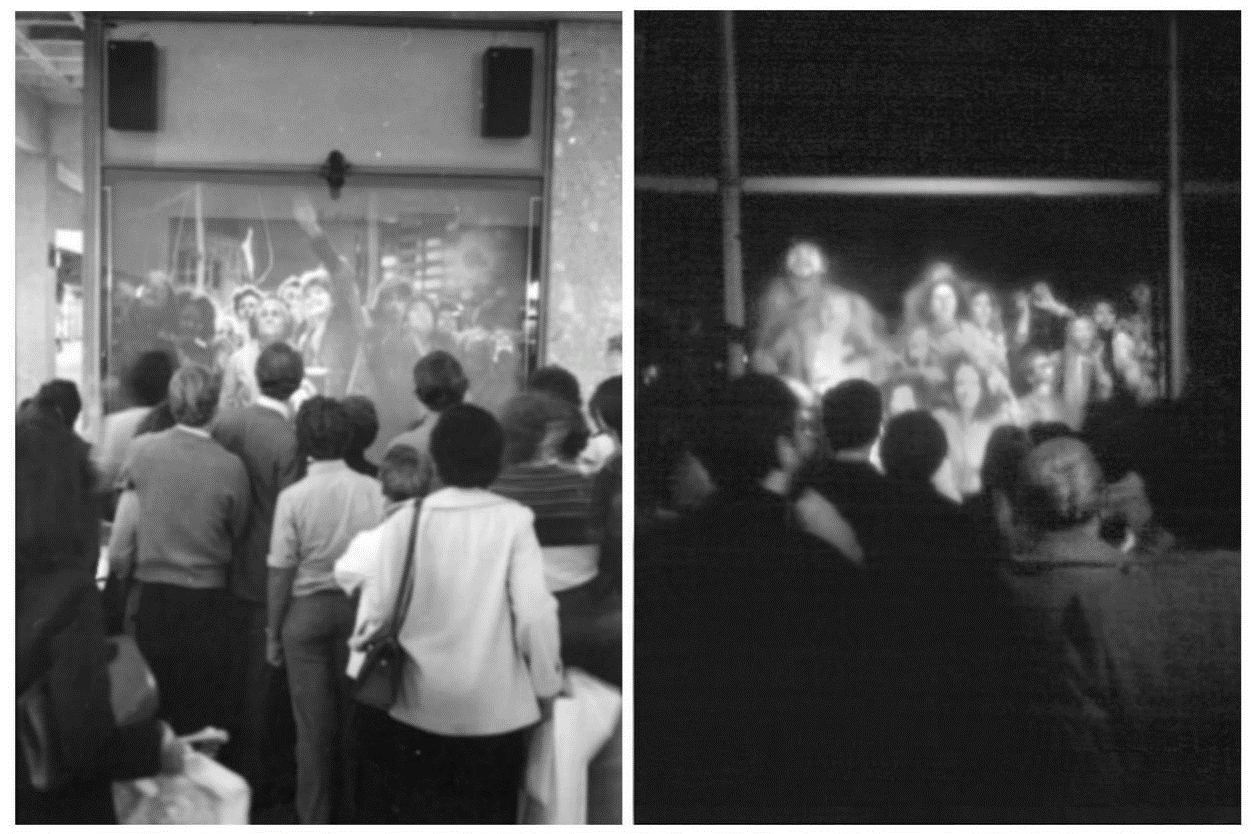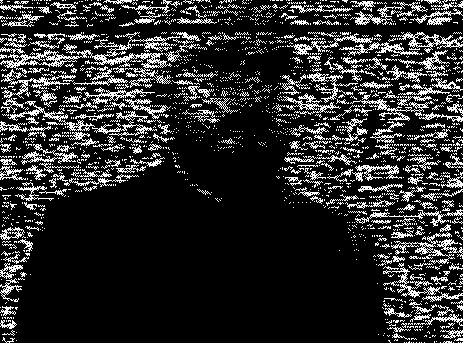We wanted to explore the connections between each live stream and the fun possibility that we can create! Since our final project will be presented on the grid wall, we decided to build our whole concept revolving the idea of the grid wall and the potential of viewing all four live streams at the same time to create a piece much greater than each individual stream. Exploring the idea of third space and synchronising one and other. It involves interaction, cross streams, planning, coordination and a lot of teamwork in this project.
We start off at different location and moving to meet each other at the same pace where we play with the visual effects of filming. From synchronised games, face connection to various streaming ideas are thoughtfully planned, hope to explore different ways of live streaming.
It was quite interesting and fun to see how this project has grown from it’s initial idea up to our current idea. Bulk of the process in this project was very collaborative, especially in the conceptualising and planning phases. Ideas were bounced off each other and we really helped each other refine the nitty-gritty details and what we want to explore in the project.
Even on an individual basis, everyone had their part to play in their own special way. I helped out in scouting the location and keeping everyone up to date on the weather – the groups very own weather boy – which proved to be quite a tricky task considering how unpredictable the weather has been of late. Along with that, that weekend was slated to have a high chance of precipitation which led to a lot of ‘calling it at a minutes notice’ when taking action. Scouting the location was also part of my repertoire, which considering the location, was quite a pleasant task, especially with the maps provided, it really helped to figure out a good location for us to go on our own winding paths away from each other.

and oddly enough, in our divergent paths, reunite again
The process it itself was a little daunting especially with how coordinated we needed to be for our final result to appear as we’d like. Fortunately, even when putting the video together roughly, by placing our phones side by side, we were all quite wow’d by the final result even in that form. Even happy coincidences like the crossing seen in the gif above were a nice touch on the abilities of our project.
My personal takeaway from this project is once again this idea that even when apart from each other, our lives have a level of synchronicity that we are unaware of. I say “once again” as I had similar sentiments when doing the co-broadcast with Su Hwee; showing the parallels that everyday people have to a degree that even I didn’t expect going into the assignment.
With all the works, reading and meetings we’ve had through the semester, one work that does stand out to me, that reminds me of my aforementioned sentiment is Douglas Davis’ “Worlds Longest Collaborative Sentence”.
Firstly, because I’m sure that page after page of keyboard musings, there definitely are common themes, similarities and identical words and phrases keyed in but additionally so in the sense that people have felt like they’ve been closer and more connected to people despite distance.
“I DID NOT FEEL SEPARATED I FELT VERY CLOSE EVEN THOUGH WE WERE THOUSANDS OF MILES APART AND I WAS SURROUNDED BY PEOPLE HERE I FELT CLOSE…”
Straight from the ‘Sentence‘ itself; and much like the past projects, I genuinely do feel this thread of connectivity, allowed by this advent of social broadcasting in being able to connect people and see just how much everyone is and can be a community in their similarities despite their differences and the amazing parallels that we all have in our lives.



























